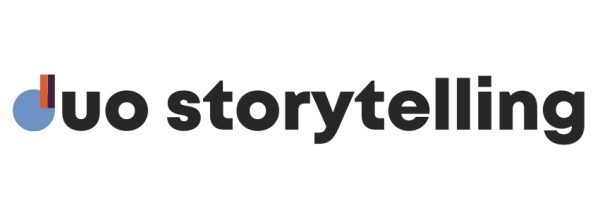Kindle Direct Publishing (KDP) has become the most common platform for the self-published author. But despite its user-friendly interface and extensive reach, setting up your KDP listing for success takes some inside knowledge.
Everything You Need to Set Up a KDP Listing
Before we dive into the importance of creating a genre-appropriate cover or an eye-catching title, let’s take a look at everything you need before you can complete your KDP listing:
- A KDP account. Kind of a no-brainer but still important. You can also use your current Amazon account—no need to make a new one.
- Your edited, formatted manuscript. If you think you can skip the formatting, think again. Having your text arranged appropriately on the page is critical for reader enjoyment.
- A Final Title. A working title will not do! A good title should feel compelling and genre appropriate to grab attention.
- Eye-Catching Cover: Whether you’re DIYing yours or hiring a professional, an eye-catching cover is key.
- An Intriguing Blurb: Your book description is your opportunity to hook your reader before they’ve even opened the cover. Make sure it’s compelling!
- Genre Information: Your reader should be able to understand your genre and subgenres easily.
- Keywords: Your discoverability depends on your keywords. If you want more in-depth information on how to use keywords in KDP, check out our article here.
Choose Your Format
Kindle Direct Publishing offers both printed paperback and e-book options for publishing. While both options get your book in front of readers, they come with their own considerations and requirements. How you choose to publish affects your format and your royalty split.
Paperback
For some authors and readers, the sensation having a physical book is important. After all, it’s nice to have a copy sitting on your bookshelf and to feel the weight of your work in your hands. However, paperback requires physical materials unlike e-book publishing, which means there are additional costs to consider. Kindle paperbacks operate on a print-on-demand basis, meaning the royalties the author receives are impacted by printing costs.
Paperbacks also require specific formatting and considerations such as trim size, paper type, and cover type.
Pay Split: Amazon typically offers 60% royalties on paperbacks, minus printing costs.
E-book
E-books are often seen as easier to publish than their printed counterparts, but that’s not entirely true. While there are no printing costs or considerations, there are other factors to account for. For example, a digital manuscript needs to be formatted for digital readers and take into account things like file size and interactive elements. The pay split for digital books is also a broader range, depending on your chosen pricing and distribution options.
Pay Split: Royalties can range from 35% to 70%, depending on pricing and distribution options.
Understand Your Target Market
It’s not enough to simply have the details ready. Those details need to match your readers’ expectations. Spend some time researching your genre like a reader. What are fans of your genre or themes talking about? What do they hope to see come up in new books? Whenever possible, position your book as the exciting new thing for people you think will enjoy it. Some areas to look at are:
- Who is buying your type of book: Identify your ideal readers. If you’re writing for a younger audience, you’ll also need to consider that someone other than your reader will likely be purchasing it.
- Pricing expectations: As much as we’d love to ask for whatever we want, it’s important to keep your pricing within the reasonable range of your genre. Not many people want to pay $40 for a novella.
- Competing authors: Knowing what works for others is often the first step to knowing what works for you. Just be sure you stick to strictly authors in your genre.
Genre and Subgenre Are King
Genres and subgenres follow specific naming and visual tropes. Knowing these conventions is essential for making your book stand out. Readers want to know what they’re getting into within seconds, so your cover, title, and blurb must all clearly convey the genre.
Your Title Matters
Different genres have different titling conventions. For example, you may have seen a spike in books with titles that look like: “The _____ _____ of _____” in general fiction, such as The Seven Husbands of Evelyn Hugo, or “A ____ of ____ and ____” such as A Court of Thorns and Roses. These are title tropes within their genres, and aspiring authors would do well to keep their titling along the same genre lines.
Take time to research popular books in your genre to understand these patterns and find the final title that suits your book.
Your Cover Matters
Covers are often the first impression a reader has of your book. Research genre-specific covers to understand what appeals to your target audience. Utilize resources such as professional cover designers or design tools to create a compelling cover.
Blurbs Are Critical
A good blurb can make or break your book’s success. It needs to be genre-specific, with a strong hook that grabs the reader’s attention. Moreover, it should let them know what they’re getting into.
Keywords Should Be Used Throughout
Keywords are one of the most important aspects of getting your KDP listing right. They help readers find your book through search engines. Ensure you use relevant keywords in your title, blurb, and metadata.
Looking for More?
Brush up on your self-promotion skills and get your book seen by an even wider audience by checking out our promo guide for self-published authors.
Whether you’re trying to find the perfect narrative POV for your book or trying to build your best main character, we’ve got you covered.
Find us on Instagram and Facebook for more.
Sign up for our newsletter to receive TWO FREE toolkits: Demystifying Query Letters and The Roadmap to Successful Self-Publishing.


